|
|
 |
|
|
|
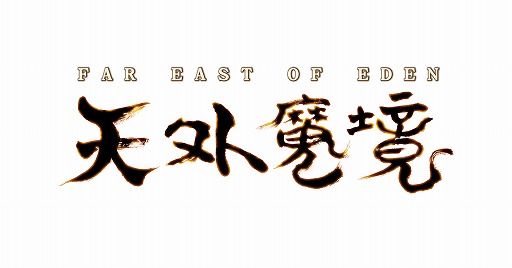 |
Tengai Makyo
There aren't a lot of series with as many entries as this one that completely avoided crossing the Pacific (unless we're counting a Neo Geo fighting game, but that doesn't really count). Missing the first Tengai Makyou game wasn't exactly a shock, since it would have been an exclusive for the Turbo Grafx-CD in North America, and not many developers risked money on that system. Missing the first game's Xbox 360-exclusive remake is a lot more surprising, even if it did come out at during that brief window where Microsoft tried to broaden its RPG lineup.

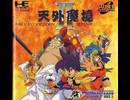

Then came Manjimaru, the sequel I got very tired of but which seems to have made the series a big name in Japan. It would still have been exclusive to the Turbo Grafx-CD in North America, as would its goofball follow-up Fuun Kabukiden. Even though the latter came out in 1993, by which point the Turbo was just about dead in North America, it features a goofy cast going to England. Not the last time this series would go goofy, though.
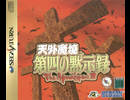
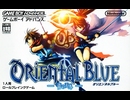

Zero actually could have come out due to its SNES status, and offers such silliness as a fighting game-style duel with giant cats, as well as a character who can change between male and female with the use of an item. Tengai Makyou IV: The Apocalypse is the highlight of the whole series for being completely into orbit, though. If the idea of battling a fiendish pop star using her suspiciously catchy tunes to ensnare the populace of Montana (which is of course on the Pacific Ocean, and where Seattle will be found), or obtaining help from the Alamo (which is of course a gigantic tank that was commanded by Custer, wandering through Texas to end up in Florida eventually) does not inspire any kind of reaction, the developers failed miserably at their task of tossing drunken ideas back and forth without checking them the next day. Many great Saturn games stayed in Japan, but this one could have crossed the ocean easily. Ah well. The ability of people to transit through the Carlsbad Caverns straight from Arizona to Texas will have to remain in Japanese.



Namida, the third game, was also quality, and due to its strange development history wound up on the PS2 during a period when lots of localization chances were taken. I haven't played Oriental Blue, the GBA spinoff, but it too could have easily been brought across the ocean. None of them were, and even though many of the titles in the series have seen ports and bargain priced Japanese remakes, all of them still stay Japan-only. I'm not shocked that Victor Ireland's idea of translating the fourth game's PSP port never came to fruition, but it's still a disappointment. - Mike Moehnke
|
|
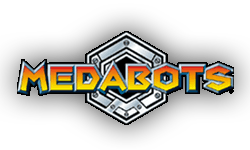 |
Medabots
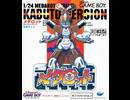
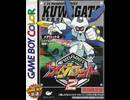
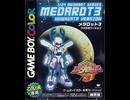
There have been many times when something niche in Japan makes its way west and causes a small splash only to fade away again. That's the very thing that happened with the Medabots series. There were toys, games, and an anime that all hit around the same time and people got mildly enthusiastic. Then it disappeared and I figured that was that.
Well, the internet came along and showed me there's a lot more where that came from. Collecting parts for cool fighting robots while you beat up school children and a crime syndicate and become a reluctant hero seems to be the basic story for the games. There's always two versions, one that starts you with a ranged attacker and one that starts you with a close-combat bot, with different medals and parts available, kind of like a Pokémon game. You can swap out the head, both arms, and legs to customize your Medabot with abilities you desire and there's a lot of parts to choose from.
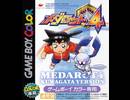
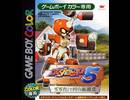

The combat system is a lot more deep than it appears at the start, when brute strength wins the day. Eventually your band of bots can use counter-attacks, traps, parts that cancel certain types of attacks, healing and reviving parts, defensive parts that cover allies, even a destroyer type that instantly destroys a bot on their cooldown phase. Brute force often works against you and sometimes some luck is needed to get through the tougher fights.
I had hopes that the action spin-off Medabot Dual for the 3DS would see a worldwide release, because I figured as an action game it would be less text to localize and the 3DS and action games are pretty popular these days, but that was pretty soundly crushed by the official word being "No." There was also Medabots 8, but that apparently missed the boat. I feel like we're never going to get enough robot-based RPGs and that makes my heart ache. At least the DS games are playable on all systems, right?
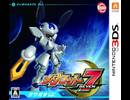


As a final note, the GBA Medabots games were released on the Nintendo Wii U eShop recently. Pick up the Metabee version and get a taste of the series. Then lament that more than ten years of improvements stay on the other side of the Pacific. - Robert Sinclair
|
|
 |
Langrisser

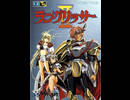
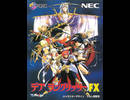
The Genesis's RPG library was bigger than it's often given credit for, and among the early titles was something called Warsong from publisher Treco in 1991. If that name doesn't sound familiar, it's because the game wasn't a success in North America and Treco went under shortly after its release. Had this been a one-shot, the game might not have received a whole lot of notice years later.

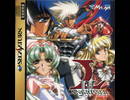
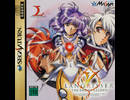
Langrisser began with this game though, and continued through the 90s. This series is a remarkably consistent one throughout its lifespan, with only the third game and the in-name-only travesty Millennium demonstrating a lack of quality in any significant form. For tactical gamers, Langrisser's scale is the thing that sets it apart, as the named characters can purchase disposable troops prior to every battle that fight as separate units on the battlefield. Lots of strengths and weaknesses in the troop types are obviously at play, and fighting tends to encompass massive formations with good enough enemy AI to be a worry. There are also very distinctive character illustrations from Satoshi Urushihara to make spotting one of these titles an easy job, though the states of undress in which he often depicted females might not go over well everywhere. This is a storied series, and developer Masaya's legacy is a sound one even if nothing else it ever made is factored in, thanks to Langrisser.



Langrisser 2 obviously didn't make it over because of the first game's failure in North America, and its heavily tweaked remake on the SNES, Der Langrisser, was similarly a 16-bit tactical RPG without a proven audience. The third, fourth, and fifth games were initially Saturn exclusives, and while the latter two eventually wound up on the PlayStation, only a publisher willing to wrangle with Sony's anti-2D bias would have tried bringing them over. No one did so. The Dreamcast saw what until recently was the last game in the series — but since Millennium was from a different developer and also wretched, missing it was no bad thing. Now a new game in the series exists for 3DS, but the people from Masaya who worked on the earlier ones had nothing to do with it. Whether it's worth being the first Langrisser to leave Japan in twenty-five years is something I'll soon find out. - Mike Moehnke
|
|
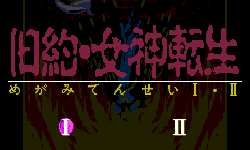 |
Kyuuyaku Megami Tensei

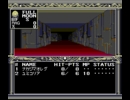
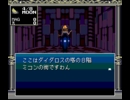
Though the Megami Tensei metaseries is better known nowadays, few people realize just how old it is. The earliest games were Digital Devil Story: Megami Tensei and Digital Devil Story: Megami Tensei II, which came out on the Famicom in Japan in 1987 and 1990, respectively. Both of these games in their original forms may be historical curiosities now, and they are rather archaic, especially the first one with its use of passwords instead of a save system. Thus, Altus saw fit to release a remake of both games on the Super Famicom called Kyuuyaku Megami Tensei: Megami Tensei I - II, (Kyuuyaku translates to "old testament.") This remake updates the graphics and music of both games, adds a save function to the first game, revamps a few dungeons, and adds various bonus items and extra demons. There are even a few new scenes in Megami Tensei I that better connect it to the second game. Despite these additions and enhancements, the gameplay is largely unchanged from the Famicom versions.
Kyuuyaku Megami Tensei may seem like an odd MegaTen game to wish to have left Japan. Of course, I would gladly take other games such as Shin Megami Tensei II, Shin Megami Tensei if..., the original Devil Summoner, and the Majin Tensei titles. As great as any of those games would be to play, there's something fascinating about the franchise's beginnings. Kyuuyaku Megami Tensei is the last remaining link the games have to the sci-fi horror novels that birthed the series. Megami Tensei I is a sort of sequel to the second book and Megami Tensei II takes places years after the first game. Despite their age, many staple features of the franchise started in these two games: a wide variety of demons from various myths, demon negotiation, fusion, demon alignments and the struggle between Law and Chaos, and the frightening potential of humanity. Kyuuyaku may not be the original version of these games, but it would be a great title to explore the metaseries' roots. If only it had come out in English. - Cassandra Ramos
|
|
RPGamer's What Might Have Been
Intro - 1 - 2 - 3
|









